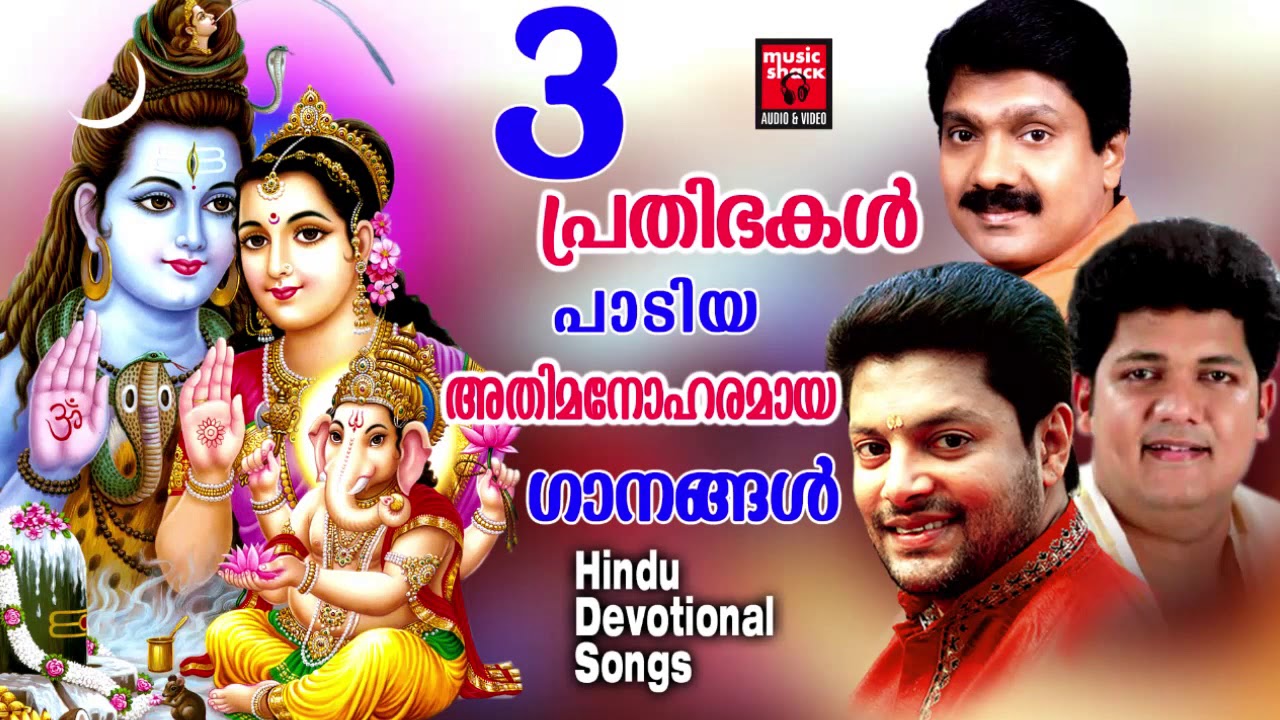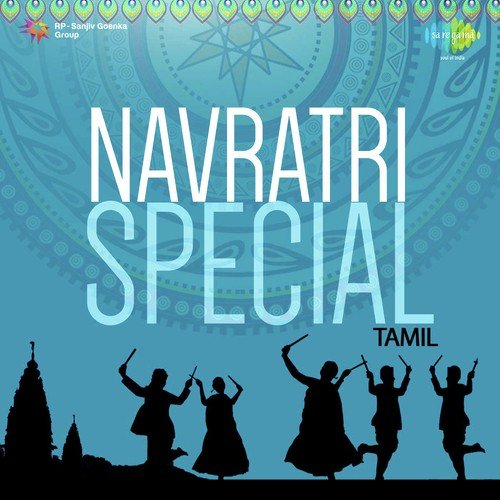
Then the Kolu is dismantled and packed up for the next year. Prayers are offered to thank the Lord for the successful completion of that year's Kolu and with hope of a successful one the Symbolically put to sleep, and the Kalasa is moved a bit towards North to mark the end of that year's Navaratri golu. Later, on the evening of Vijayadasami, one of the doll from the display is It was the day on which evil was finally destroyed by good. The 10th day, Vijayadasami, is the most auspicious day of all. Books and musical instruments are placed in the puja and worshipped as a source of knowledge. On the 9th day Saraswati Puja, special pujas are offered to goddess Saraswati, the divine source of wisdom and enlightenment. After performing the puja, the food items that have been prepared are offered to the Goddess and then to the guests. A Kuthuvilakku lamp is lit, in the middle of a decorated Rangoli, while devotional hymns and In the evenings, women within the neighborhood invite each other to visit their homes to view the Kolu displays they also exchange gifts and sweets.

'Pattada Gombe' is also believed to be a tribute to the Wodeyars the benevolent and progressive monarchs who ruled of the region for around 600 years. Display figurines are passed on from one generation to another as heirloom. These dolls come asĬouples dressed in their wedding attire, depicting husband and wife symbolizing prosperity and fertility and the start of the bride's Gollu collection. In southern India, bride is presented with 'Marapacchi Bommai' during the wedding by her parents as part of wedding trousseau to initiate the yearly tradition of 'Navaratri Golu' in her new home with her husband. Traditional practice to have wooden figurines of the bride and groom together, called 'Marapacchi Bommai' or 'Pattada Gombe', usually made of sandalwood, teak or rosewood and decorated with new clothes each year before being displayed on The Kolu is predominantly displayed with depictions from Hindu mythological Puranas text, court life, royal procession, ratha yatra, weddings, everyday scenes, miniature kitchen utensils, anything a little girl would have played with. To their size, with the deities at the top. After the Kolu has been covered with fabric it is then adorned with various dolls, figurines and toys according Is then followed by building a rack of odd-numbered shelves of Kolu (or Padi) (usually 3, 5, 7, 9, or 11), set up using wooden planks. On the first day of Navaratri, following Ganapathi pooja, a welcoming ritual is performed for goddesses Saraswati, Parvati and Lakshmi by Hindu ritual called Kalasa Ahvanam which is performed by an elderly male or female of the family. It is a part of the annual Dasara-Vijayadasami Hindu festival where young girls and womenĭisplay dolls, figurine, court life, everyday scenes along with the divine presence of the Goddesses Saraswati, Parvati and Laxmi in the Tamil, Kannada and Telugu households during Navaratri or The Nine nights. Bommala Koluvu in Telugu means Court of Toys and Bombe Habba means Doll Festival in Kannada. Tamil Nadu, Karnataka and Andhra Pradesh, and among their diaspora communities.īommai Kolu in Tamil means Divine Presence. Golu displays are particularly popular in Major Hindu temples such as the Meenakshi temple arrange elaborate golu displays each year for Navaratri. During the golu display season, families visit each other with gifts to view and chit-chat over the goluĭisplay, share festive foods, and sometimes play music or sing devotional songs together. Goddess-related themes are common, along with developments such as anticipated wedding within the family and of friends.

They are generally arranged in an odd number of padis (tiers) to

These are typically made by rural artisans from clay and local materials then brightly painted. They are also known as Kolu, Bombe Habba, Bommai Kolu or Bommala Koluvu.Įach displayed item in a golu display is sometimes called golu doll or equivalent. These displays are typically thematic, narrating a legend fromĪ Hindu text or a secular cultural issue. All rights reserved to the content's respective owners.Golu is the festive display of dolls and figurines in South India during the autumn festive season, particularly around the multiday Navaratri (Dussehra, Dasara) festival of Hinduism. We do not host any of these Images/content. All the content provided in this application is displayed using public API. We don't claim rights on any content in this application.
Navarathri tamil devotional songs free#
The content presented to you in the application is available free on public domains. Images, Videos, Lyrics and Contents will be automatically added to the app as they become available. Sp balasubramaniam tamil devotional songsĥ0 Top Anuradha Sriram Tamil Devotional SongsĪll God Tamil Suprabhatham ( தமிழ் சுப்ரபாதம் ) Goddess Durga Devi Tamil Devotional Songs This Mobile App is all about Durga Maa Song - Tamil God Songs,


 0 kommentar(er)
0 kommentar(er)
